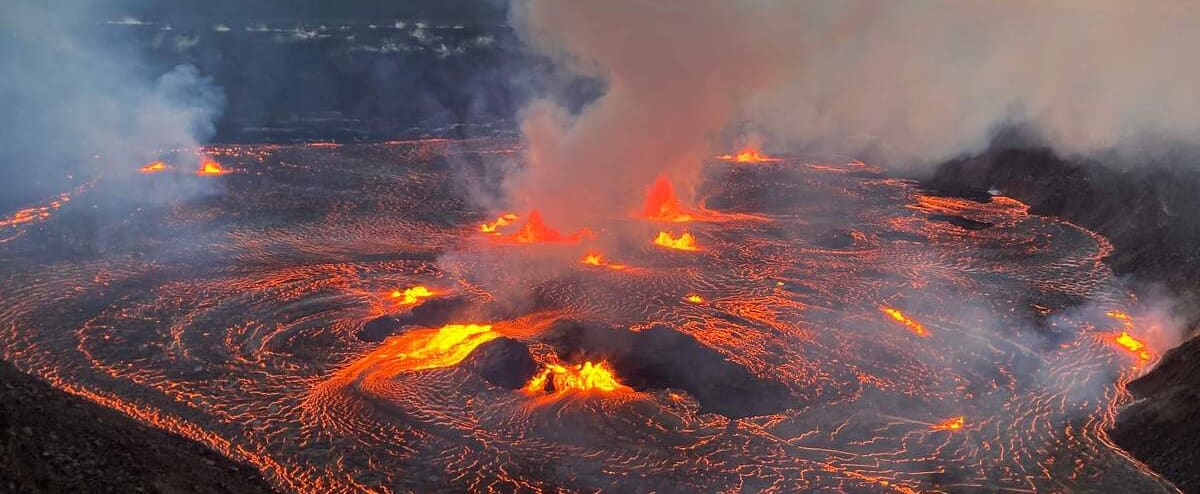The Kilauea volcano in the American archipelago of Hawaii, one of the most active in the world, erupted again on Sunday, with lava jets more than 20 meters high, indicated the geological services of the United States.
The eruption began around 3:15 p.m. Sunday (1:15 a.m. GMT Monday), the United States Geological Survey (USGS) said, adding that it was “preceded by a period of strong seismicity”.
After January and June, this is the third time this year that the volcano has erupted.
The volcano is located far from residential areas, but Hawaii emergency services have warned of the release of volcanic gases, particularly sulfur dioxide, which is an eye and respiratory irritant, which can affect people, crops and livestock.
“At this point, lava on Kilauea is confined to the summit and poses no threat to residents. However, the eruptions emit particles and gases which can create respiratory problems”, warned the institute on X (ex-Twitter).
Footage streamed live on the USGS site showed fountains of lava escaping from multiple cracks in the crater.
“The height of the lava fountains has dropped since the start of the eruption but can still be up to 20 to 25 meters,” the USGS said in its update Monday at 5:20 GMT.
The alert level was raised from “watch” to “warning” and that for aviation was changed to red.
Kilauea, a so-called “shield” volcano because it is flat, is smaller but much more active than its neighbor Mauna Loa. Erupting almost continuously between 1983 and 2019, Kilauea is one of six active volcanoes in the Hawaiian archipelago.
